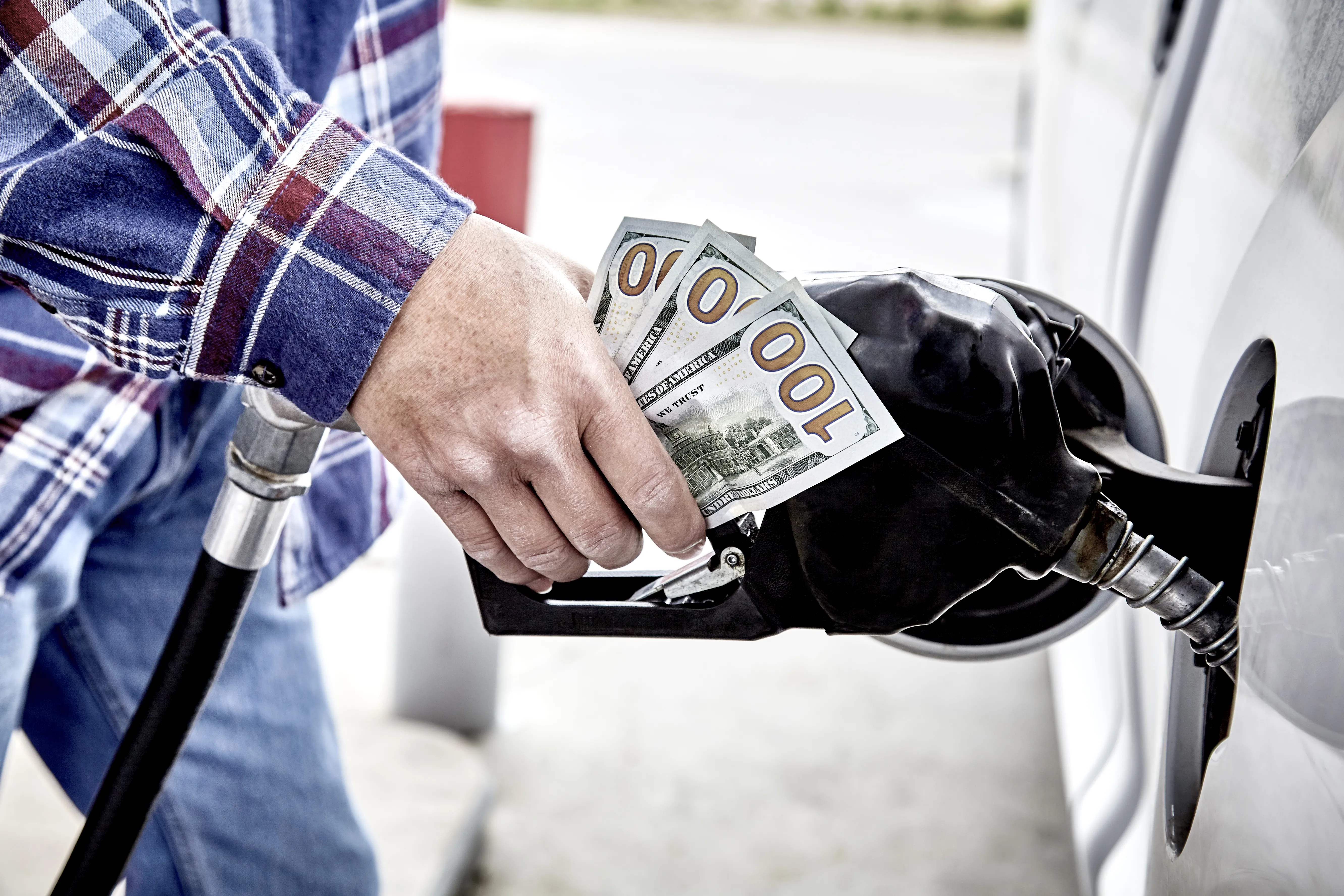
Oil supply losses from Hurricane Ida reach 30 million barrels, impacting gas prices
(The Center Square) – Hurricane Ida has already caused oil supply losses of 30 million barrels, the International Energy Agency (IEA) reports, resulting in the first decline in global oil supply in five months.
Hurricane Ida shut in 1.7 million barrels per day of oil production in the Gulf at the end of August, “with potential supply losses from the storm approaching 30 mb. An uptrend in supply should resume in October as OPEC+ continues to unwind cuts, outages are resolved and as other producers increase,” the agency stated in its September Oil Market report.
“Unexpected outages during August forced a decline in supply for the first time in five months and extended the sharp drawdown in global oil stocks,” it added.
Offshore installations and refineries have been slow to restart due to the severity of the storm, forcing massive stock draws of both crude and products in key global markets, IEA said. “The biggest impact on supply will be seen in September, with total supply losses estimated at around 30 mb.”
The Bureau of Safety and Environmental Enforcement reported Wednesday that staff are still evacuated from 36 production platforms, or 6.43% of the 560 manned platforms in the Gulf of Mexico. Two dynamically positioned rigs remain off location, or 13.33% of 15 currently operating in the Gulf.
Initially, when Hurricane Ida made landfall, 288 production platforms in the Gulf were shut down, halting the production of 1.74 million barrels per day, or 95.65% of Gulf production.
BSEE estimates that approximately 29.52% of current oil production and 39.40% of gas production in the Gulf of Mexico are shut in. The percentages are calculated using data from offshore operators’ daily reports, BSEE said.
The numbers are an improvement from Monday, when 44% of U.S. Gulf of Mexico oil production remained offline, or 800,000 barrels per day, Adam Lipow of Houston-based Lipow Oil Associates told The Center Square in an email.
With oil prices remaining resilient and the West Texas Index pricing at over $70 per barrel, Lipow said consumers probably won’t see much relief at the pump.
“And we will easily see total production losses in excess of 25 million barrels,” he added.
In addition to the rigs that are still shut down, many of the refineries in Louisiana that have since regained full or partial power are still struggling to restart operations, making it difficult to meet the demand for gasoline and diesel the market requires.
“The result is going to be more declines of refined product inventory which will support prices,” Lipow said. “At least two refineries, Shell Norco and Phillips66 Belle Chasse are each expected to be down another four weeks and the two refineries account for a combined 500,000 barrels per day of capacity.”
The longer it takes Louisiana refineries to fully operate, the less likely it is that gasoline prices will fall.
“With worldwide oil demand recovering at a time that worldwide inventories are declining, there is little chance that gasoline prices fall in a big way unless we see the return of Iranian oil to market if the USA and Iran can agree to a nuclear agreement, or if OPEC+ decides to increase production faster than their current plan,” Lipow said.

















